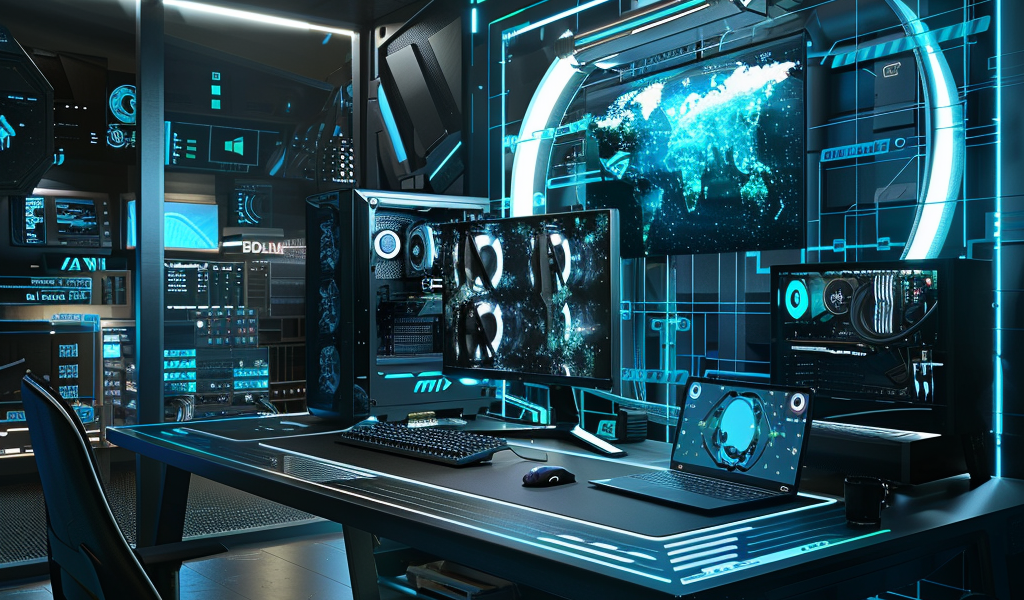AI PCs are taking the tech world by storm, with AMD leading the charge in this new era of innovation. During a recent Q&A session, AMD’s CEO, Dr. Lisa Su, expressed her enthusiasm for artificial intelligence, dubbing AI PCs as ‘the biggest change in the PC form factor in certainly the last decade.’
While the rise of AI has undeniably influenced the tech landscape, it’s not solely responsible for the recent transformations in the industry. The integration of NPUs (Neural Processing Units) in processors from major players like AMD, Intel, and Qualcomm is a direct result of the AI revolution. These NPUs have become a focal point for companies striving to create the most efficient and powerful AI-driven products.
Microsoft’s Copilot+ AI PC ecosystem aims to revolutionize the user experience, suggesting that life before AI was complex and tedious. The introduction of new laptops meeting Microsoft’s standards promises significant advancements. However, the true game-changer lies in innovations like CAMM2, a new form factor for DRAM developed by Dell and standardized by JEDEC. This advancement not only enhances the performance of laptops but also extends to the desktop market, offering DDR5 speeds that surpass current limitations.
Qualcomm’s Arm-based Snapdragon X processors are also making waves in the industry, particularly in the realm of Windows-on-Arm laptops. While previous attempts at these devices fell short against x86 machines, the Snapdragon X laptops are poised to change the game by efficiently running x86 applications and games. This shift mirrors the success of the Steam Deck, which utilizes x86 components while operating on a Linux-based system.
As the tech world continues to evolve, AI remains a driving force behind innovation. While AI PCs are indeed a significant development, it’s the complementary advancements in hardware and software that are propelling the industry forward into a new era of computing.





